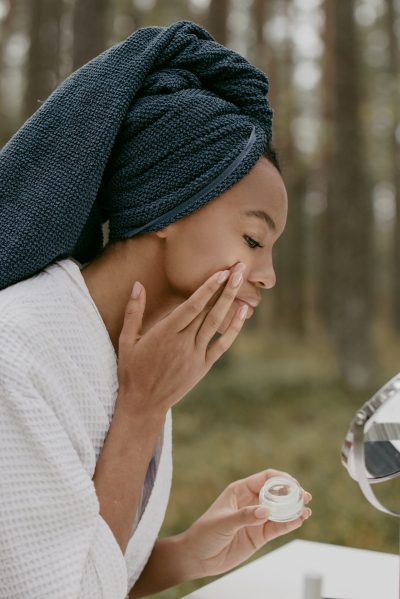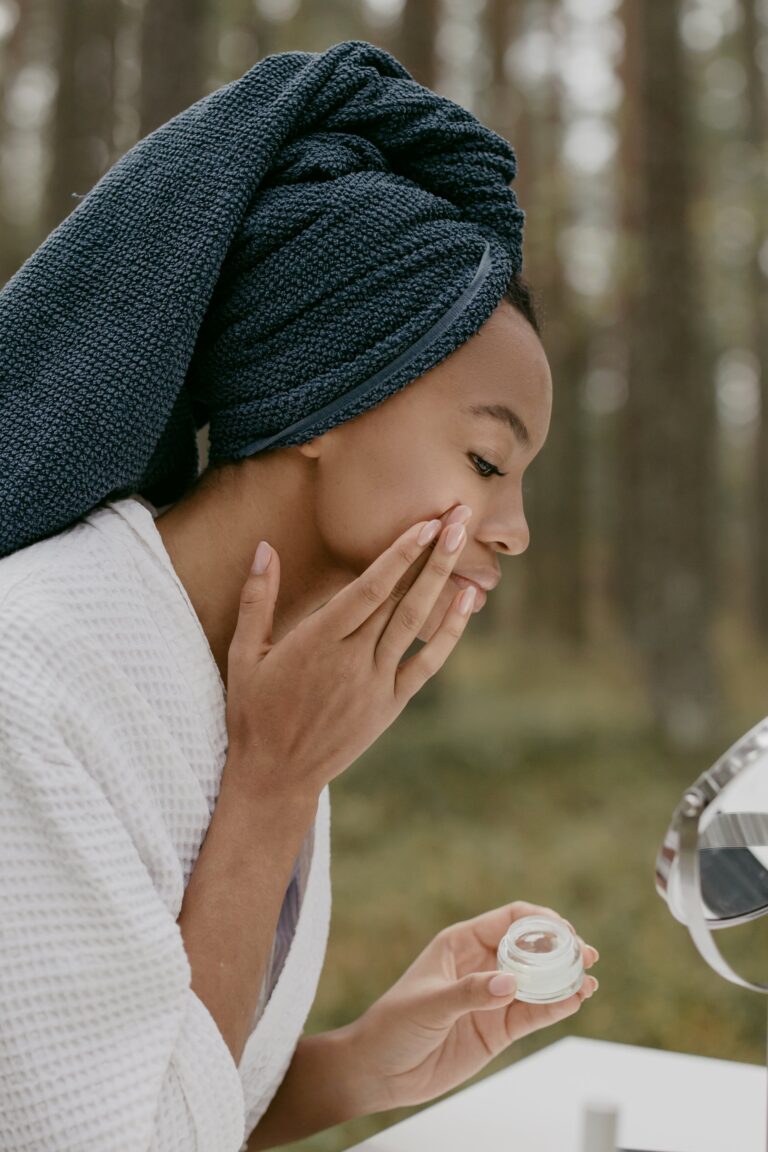FREE SHIPPING TO EU COUNTRIES
Navigating Truth in Beauty: A Critical Examination of Clean Beauty
Table of Contents
In the realm of beauty, the Clean Beauty movement has emerged as a dominant force, promising both health and environmental benefits. However, beneath the surface, questions arise about the scientific validity of this movement. Let’s take a closer look at the intricacies and potential pitfalls of Clean Beauty.
Understanding Clean Beauty: A Murky Definition
Clean beauty, a term that has permeated the beauty industry, lacks a universally agreed-upon definition. It essentially involves identifying a list of undesirable ingredients, deeming them harmful to health or the environment, and categorizing products accordingly. While this concept appears simple, its execution reveals inherent flaws.
The Problem with Clean Beauty: Hazard vs. Risk
One of the fundamental issues lies in the failure to distinguish between hazard and risk. Hazard denotes the potential for harm, while risk assesses the likelihood of harm occurring in a given situation. Clean beauty predominantly focuses on hazards, neglecting exposure levels and oversimplifying the complex relationship between ingredients and their effects.
Insight from Toxicology
Toxicology is the scientific study of substance effects on health. In cosmetic ingredients, it’s not the substance itself but how and how much it’s used that determines risk. Clean beauty’s tendency to label ingredients without considering exposure levels undermines this nuanced understanding.
Parabens: A Case in Point
An examination of parabens exemplifies the shortcomings of clean beauty. Parabens, widely used preservatives, often appear on dirty lists, associating them with health risks. However, the multitude of parabens varies in hazards and risks. Clean beauty’s failure to differentiate among them oversimplifies a complex issue, potentially misleading consumers.
Read more about Parabens in this article.
Questioning Clean Beauty’s Selective Scrutiny
Clean beauty tends to favor natural over synthetic ingredients, invoking the appeal to nature bias. However, this bias overlooks the fact that natural substances can also pose risks. Furthermore, the selective interpretation of scientific studies by clean beauty advocates contrasts with the thorough evaluations conducted by toxicologists.

Preservatives: A Necessary Ingredient in Cosmetics
Preservatives, often vilified by clean beauty, play a crucial role in maintaining product safety. Without them, products risk contamination, leading to infections and other health issues. Clean beauty’s aversion to preservatives neglects the genuine health risks associated with microbial growth, raising concerns about the movement’s understanding of basic safety measures.
Alternative Preservatives: Unknown Risks
Swapping parabens for alternative preservatives raises concerns about unknown risks. Newer preservatives lack the extensive testing and historical usage data that parabens possess. Additionally, alternative preservatives may be less effective or cause more short-term issues, such as skin reactions, due to higher concentrations. The potential drawbacks of alternative preservatives challenge the simplistic narrative presented by clean beauty advocates.
The Bottom Line: A Precautionary Approach
In conclusion, clean beauty’s oversimplified dichotomy of good and bad ingredients disregards the meticulous risk assessments conducted by toxicologists. Cosmetic ingredients are regulated to ensure exposure remains significantly below levels of potential harm. Straying from this precautionary approach, as advocated by clean beauty, poses unnecessary risks and compromises the efficacy of products.
Navigating Truth in Beauty: The Role of Transparency
The beauty industry’s historical lack of transparency has fueled the allure of clean beauty pseudoscience. However, a shift towards educating consumers with accurate science is evident. The growing interest in detailed scientific explanations suggests that transparency and education, not pseudoscience, should guide the beauty narrative. As consumers, understanding the science behind our beauty products empowers us to make informed choices, transcending the allure of buzzwords like “clean beauty.”


